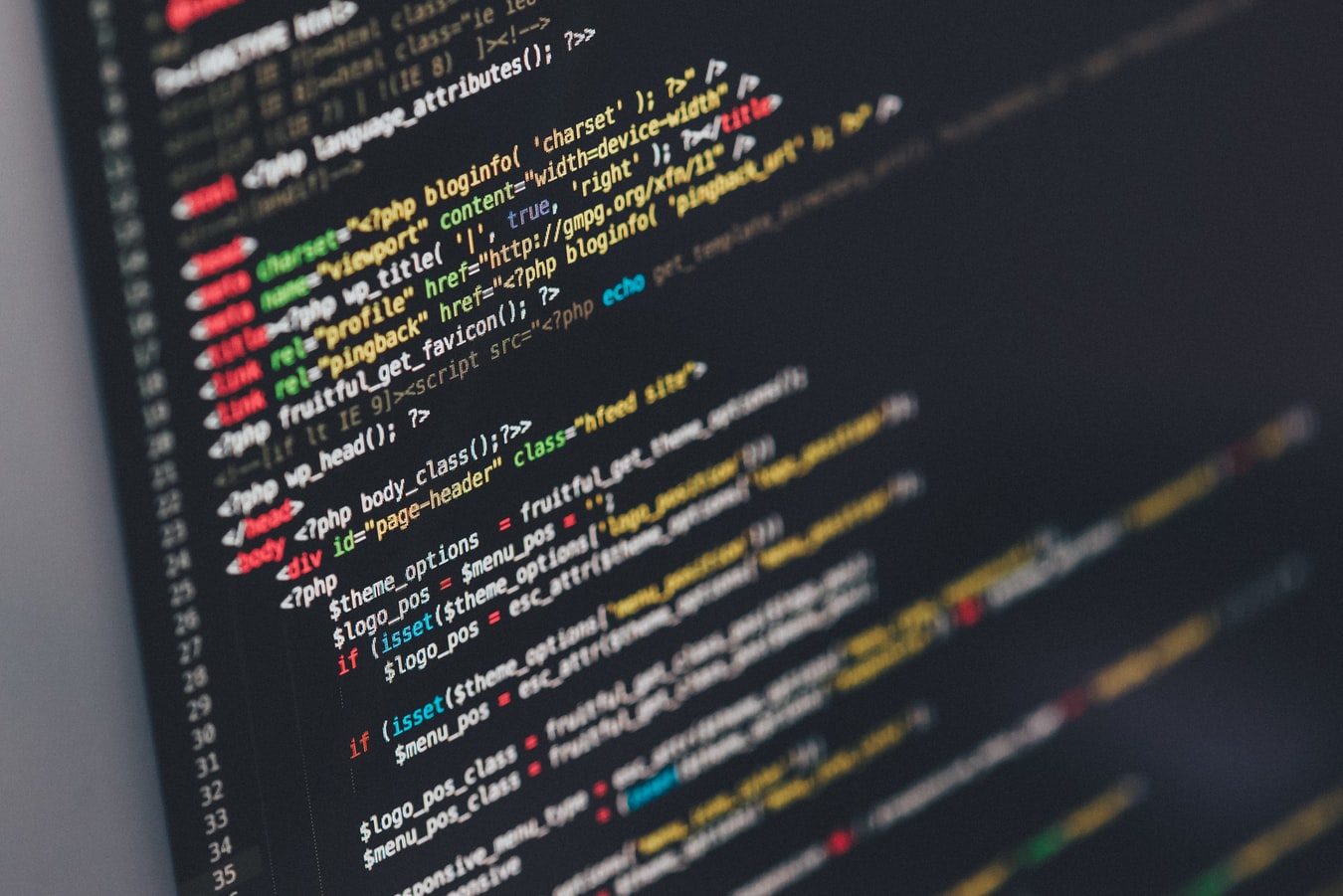
Technologies develop rapidly, and keeping up with all the advancements can be challenging. That’s especially true today, since innovations come up regularly and technologies are revolutionizing every aspect of our lives, ranging from healthcare to exactly how we walk.
While some tech is still in the development stage, this is worth mentioning since such solutions have tremendous potential for humanity. Here are five new technologies you’ve almost certainly never heard about.
Smart Nanorobots
These minuscule nanorobots are invisible to the eye.
The concept of nanorobots first emerged in the 1950s, but these have started to get attention only recently. In short, nanorobots control elements at the atomic and molecular levels, and it means they can tear apart any element and create a new one.
Nanorobots can be programmed to create any element and even craft more of themselves. Although nanorobots are in the research and development phase, some primitive devices in this category have already been tested.
Scientists have not yet determined the maximum potential of nanorobots, but it is believed that they can be used to construct buildings, clean the atmosphere, colonize space, treat some infections, and store information. They may also be able to detect the presence of toxic chemicals and their concentrations in the environment.
As just one example of nanorobots’ capabilities, nanocomposite particles have recently been developed to interact with biological cells, and these can be controlled remotely by electromagnetic fields. Such experiments have fantastic potential for the healthcare and food industries.
Robotic Exoskeletons
Robotic exoskeletons are meant to give the body a bionic boost so that people with disabilities can operate normally. Currently, these exoskeletons don’t give users superhuman capabilities, but they’re still in their early stages of development.
Because of the young age of this technology, robotic exoskeletons are still very expensive. There are currently hundreds in operation around the world, however.
Over time, these devices are expected to become more accessible as they grow lighter and cheaper during further development. Scientists are also trying to make the exoskeletons more effective for their users.
Besides helping incapacitated people get around comfortably, these exoskeletons can also be used to reduce the risk of injury to workers. People with jobs such as logging and mining will be able to benefit from this technology in the future.
According to NBC News, governments may soon need to equip firefighters and other disaster management professionals with these suits, thus reducing their risk of injury. The use of robotic exoskeletons will further render certain professionals better able to perform their jobs by allaying the associated constant safety worries.
Alexa for Business
Voice-activated virtual assistants are being integrated into almost all parts of our lives. Now, Amazon has released Alexa for Business, a software that will significantly streamline workplace processes.
According to Codrin Arsene at Digital Authority, the integration of voice-enabled devices into employees’ everyday lives can help them to communicate better. This is because the voice does not just convey a plain message, but you also get to understand the context and receive a more in-depth insight into what was said.
Currently, Alexa for Business is used for various office functions. For example, this solution can help you to search for files or to find information both online and in your stored data. It can also help to arrange and start meetings.
Organizations can also configure this software to set up their internal solutions and boost practical skills. This way, Alexa for Business can help to make working processes faster, streamlined and more efficient.
Remote Patient Monitoring (RPM)
Medical software applications have been in existence for decades, but recently, they have become central to medical care. According to Orthogonal, today, barely any diagnosis or treatment is possible without such innovative devices.
One of the most recent advancements in the medical field is the introduction of remote patient monitoring (RPM) software. This involves a device that can be worn on a patient to collect medical data from their body with the help of sensors. The information collected is then sent to a medical professional, with no requirement for the wearer to intervene in data collection or interpret the results. Thus, the scope for data errors is extremely minimal.
The health information collected by these sensors may include such metrics as the wearer’s weight, blood pressure, heart rate, blood sugar levels, and electrocardiograms.
The uses for such devices are limitless; as just one example, they are especially useful for patients who have just been released to homes or care facilities. By tracking their vital signs, it is possible to preempt a post-discharge health problem, reducing the chances of either a crisis or readmission to a minimum.
At the same time, RPMs allow elderly, disabled, and sickly people to stay at home for extended periods without attending nursing facilities or medical centers daily.
Moreover, the RPM technology can help to improve their overall life experience. It is also worth noting that this software also allows significant medical costs reduction.
Hydroponic Farming
Alongside the global growth of the human population, modern methods of farming have become crucial. Food supply still far outweighs demand, but should we fail to keep up with the growth rate, this demand for food may ultimately come to exceed its rate of supply.
According to Food Processing Technology, we will need 70% more food by 2050. That’s why an innovation like hydroponic farming may be required to solve the problem.
Hydroponics is a method of growing crops by adding nutrients to water instead of soil, a method of farming that makes it possible to grow food in places receiving insufficient sunlight.
It also allows people to grow crops on non-fertile soils. Even with adverse changes to the climate, hydroponics will still be able to guarantee food security to the ever-growing human population.
Conclusion
Today’s technology is guaranteed to change how daily life is experienced. With innovations in the medical sector, we can expect healthcare costs to go down as monitoring and treatment modalities become more tech-biased.
Recovery from illness or trauma will significantly improve; for one thing, tech developments mean many patients will not need to spend time in healthcare centers, not only facilitating a more comfortable and cost-effective recovery, but also reducing issues such as the spread of airborne and contact diseases.
The rate of injuries and fatalities in dangerous jobs such as logging, loading and construction should be considerably minimized as workers will soon be able to wear robotic exoskeletons for both bodily protection and added strength, while in farming, enhanced technologies will allow people to grow food in almost all environments.
Time loss in office-oriented settings will also be reduced markedly via the help of technologies such as Alexa for Business, while at the microscopic level, developments in nanotechnology make this a universal tech for many different fields.
These are just a few examples of the emerging technologies out there, and with the help of these innovations, a fantastic future seems assured.








